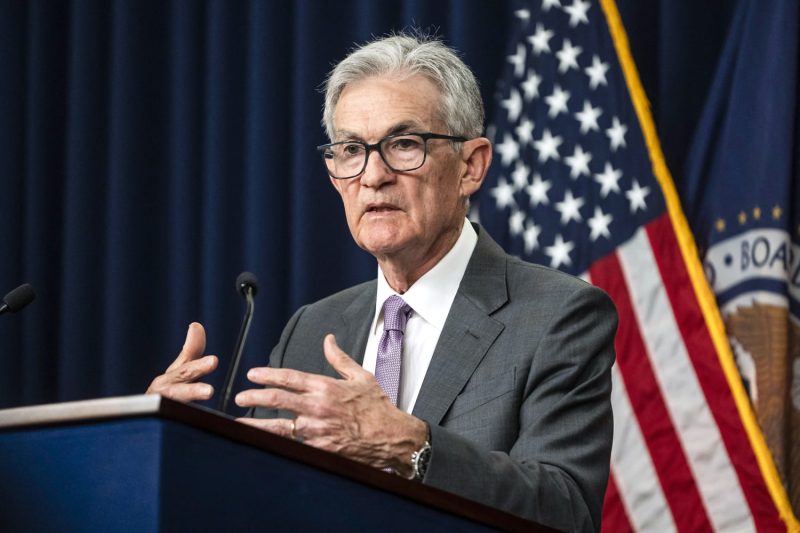
Interest Rate Cut is Due: A Declaration by Fed Chair Powell
Federal Reserve Chairman Jerome Powell recently delivered groundbreaking news, suggesting that an imminent cut in interest rates may be on the horizon for the United States. The decision, ostensibly aligned with Powell’s belief that the ‘time has come’ for such an action, presages significant repercussions for the nation’s economy. Remarkably, this would be the first reduction in interest rates since the 2008 financial crisis, illustrating the criticality of the moment Powell’s announcement represents.
The rationale behind Chairman Powell’s decision hinges on the current state of the global economy and the observed trends forecasting impending economic slowdown. The global economic landscape has been witnessing a series of escalating trade tensions, notably between the U.S and China, which has sent jitters through world markets. This situation has induced considerable uncertainty within the worldwide economic framework, propelling Powell’s decision.
Chairman Powell further clarified his stance saying, In light of these developments and the impact they are having on the outlook, the risk of less than favourable outcomes has increased. His observation exudes an urgent need for a remedial action, a role the interest rate cut is primed to play.
Moreover, the looming threats of inflation falling persistently below the Fed’s target and weaker economic activities also substantiate the call for an interest rate cut. A reduction in rates will presumably provide a necessary stimulus to the economy, promoting spending and investment by making borrowing cheaper.
Upon examination, Powell’s announcement has been met with a chorus of approval from a vast array of sectors. The U.S. stock markets, for example, have reacted positively to the potential rate cut. It is believed that the lower rates could stimulate economic growth, mollify the impacts of the trade war, and encourage businesses to invest more in capital. Low rates may also lead to an increase in consumer borrowing for big-ticket items, such as houses and cars, thereby further stimulating economic growth.
On the other hand, skeptics argue that rate cuts may lead to excessive borrowing and could potentially inflate a debt bubble, which, if burst, could trigger another financial crisis. Some critics also consider the move as succumbing to pressure from President Trump, who has been calling for lower rates to boost the economy.
The Fed’s openness to cutting interest rates is an unusual step, signifying that the regulators are genuinely concerned about the trajectory of the economic growth. It also stands as a reactive measure in a global context, considering other major economies have also begun to enforce similar strategies in response to the ongoing trade tensions.
